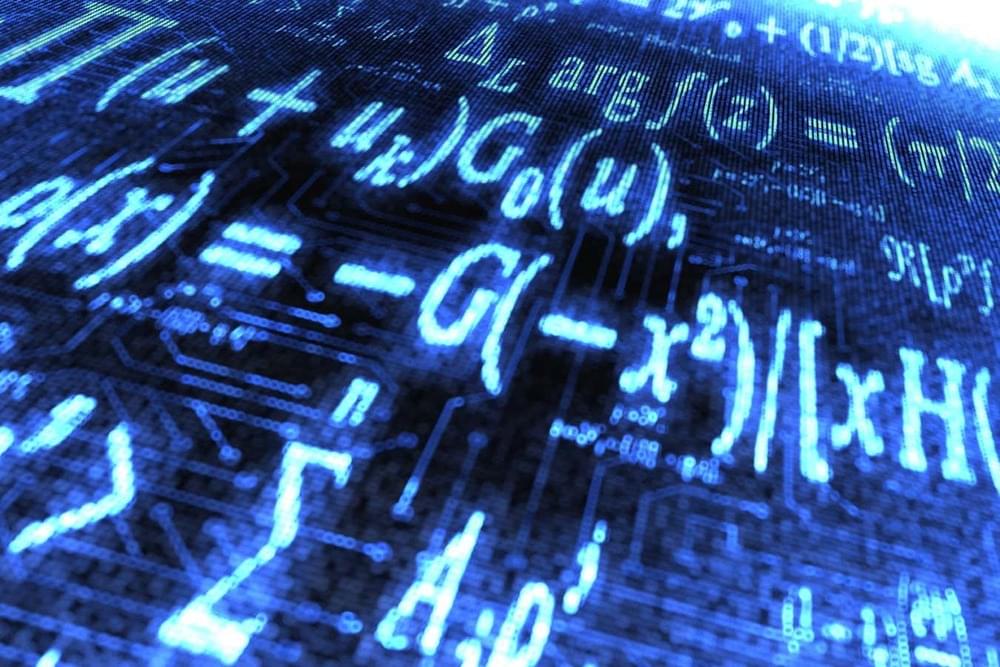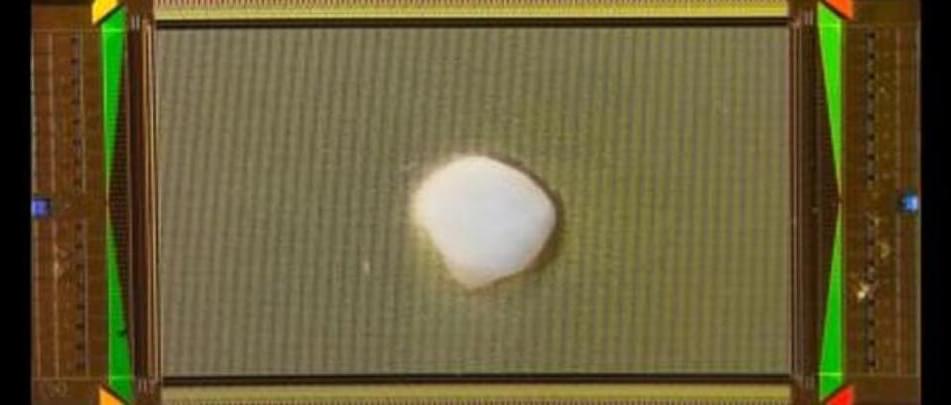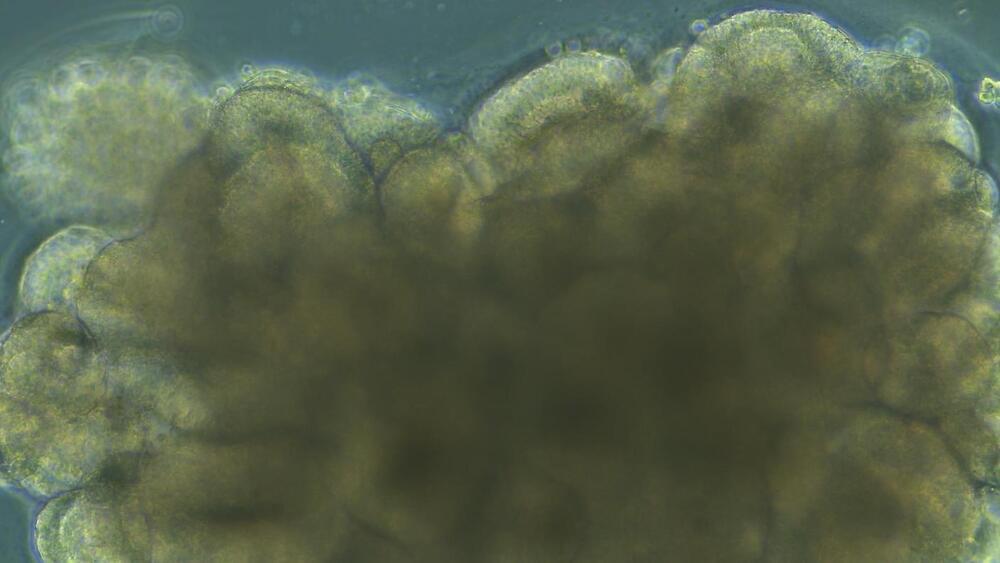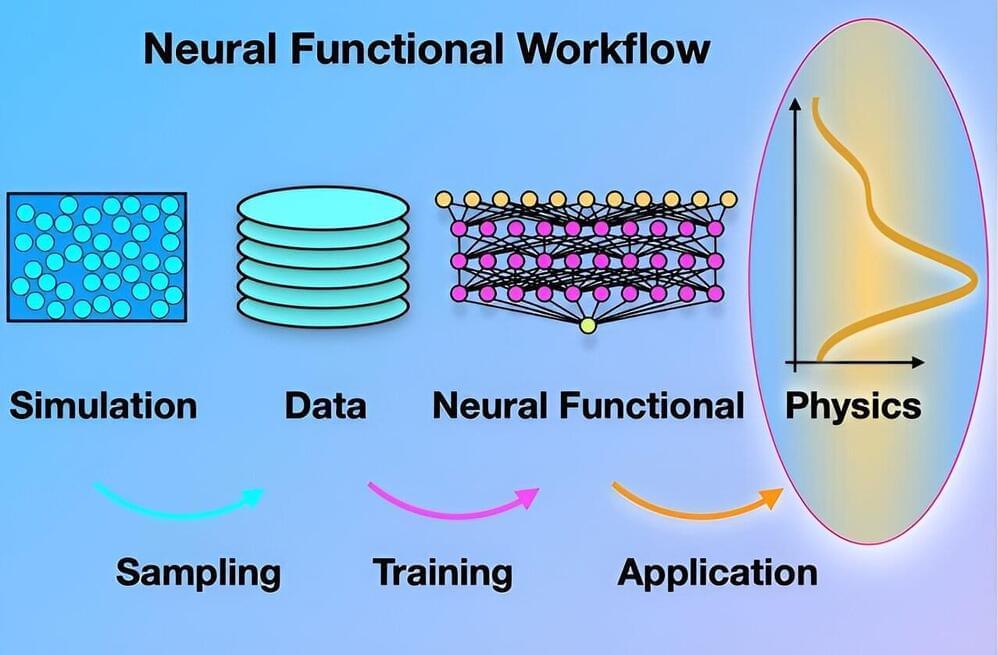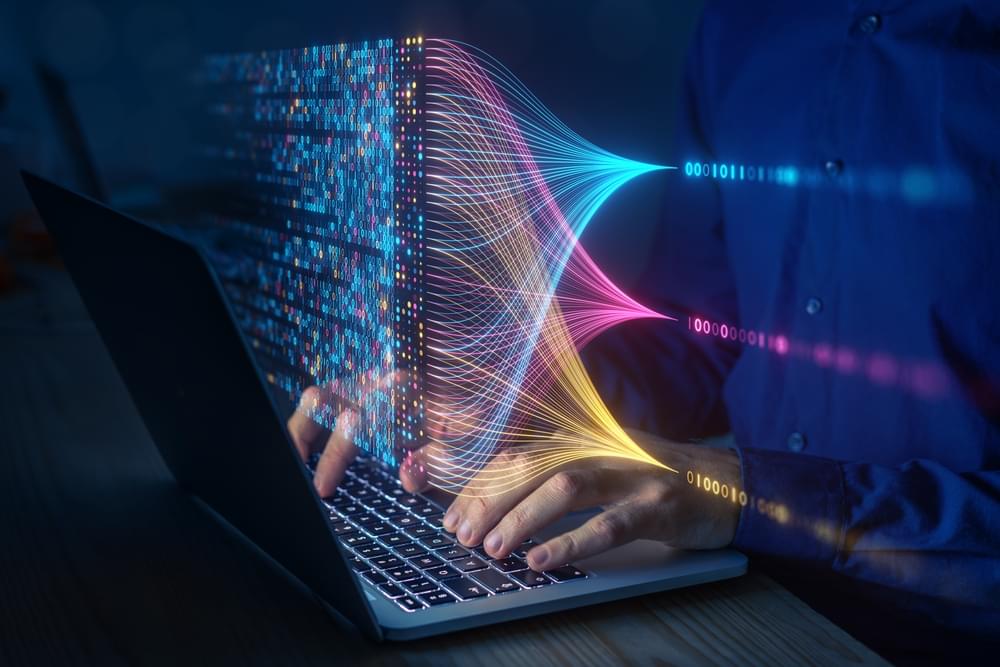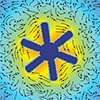Archive for the ‘mathematics’ category: Page 27
Dec 15, 2023
DeepMind AI outdoes human mathematicians on unsolved problem
Posted by Cecile G. Tamura in categories: mathematics, robotics/AI
For the first time ever, researchers show how a large language model can help discover novel solutions to long-standing problems in math and computer science.
The card game Set has long inspired mathematicians to create interesting problems.
Now, a technique based on large language models (LLMs) is showing that artificial intelligence (AI) can help mathematicians to generate new solutions.
Continue reading “DeepMind AI outdoes human mathematicians on unsolved problem” »
Dec 14, 2023
DeepMind AI with built-in fact-checker makes mathematical discoveries
Posted by Dan Kummer in categories: mathematics, robotics/AI
The AI company DeepMind claims it has developed a way to harness the creativity of chatbots to solve mathematical problems while filtering out mistakes.
Dec 14, 2023
Human Brain Cells on a Chip Can Recognize Speech And Do Simple Math
Posted by Dalton Daniel in categories: computing, mathematics, neuroscience
There is no computer even remotely as powerful and complex as the human brain. The lumps of tissue ensconced in our skulls can process information at quantities and speeds that computing technology can barely touch.
Key to the brain’s success is the neuron’s efficiency in serving as both a processor and memory device, in contrast to the physically separated units in most modern computing devices.
There have been many attempts to make computing more brain-like, but a new effort takes it all a step further – by integrating real, actual, human brain tissue with electronics.
Dec 14, 2023
A Ball of Brain Cells on a Chip Can Learn Simple Speech Recognition and Math
Posted by Jose Ruben Rodriguez Fuentes in categories: mathematics, robotics/AI, supercomputing
The mini-brain functioned like both the central processing unit and memory storage of a supercomputer. It received input in the form of electrical zaps and outputted its calculations through neural activity, which was subsequently decoded by an AI tool.
When trained on soundbites from a pool of people—transformed into electrical zaps—Brainoware eventually learned to pick out the “sounds” of specific people. In another test, the system successfully tackled a complex math problem that’s challenging for AI.
The system’s ability to learn stemmed from changes to neural network connections in the mini-brain—which is similar to how our brains learn every day. Although just a first step, Brainoware paves the way for increasingly sophisticated hybrid biocomputers that could lower energy costs and speed up computation.
Dec 14, 2023
AI method for describing soft matter opens up new chapter in density functional theory
Posted by Cecile G. Tamura in categories: mathematics, physics, robotics/AI
“In the study, we demonstrate how artificial intelligence can be used to carry out fundamental theoretical physics that addresses the behavior of fluids and other complex soft matter systems,” says Prof. Dr. Matthias Schmidt, chair of Theoretical Physics II at the University of Bayreuth.
Scientists from Bayreuth have developed a new method for studying liquid and soft matter using artificial intelligence. In a study now published in the Proceedings of the National Academy of Sciences, they open up a new chapter in density functional theory.
We live in a highly technologized world where basic research is the engine of innovation, in a dense and complex web of interrelationships and interdependencies. The published research provides new methods that can have a great influence on widespread simulation techniques, so that complex substances can be investigated on computers more quickly, more precisely and more deeply.
Dec 14, 2023
Google’s New AI, Gemini, Beats ChatGPT In 30 Of 32 Test Categories
Posted by Gemechu Taye in categories: biotech/medical, ethics, law, mathematics, robotics/AI
Google has released a new Pro model of its latest AI, Gemini, and company sources say it has outperformed GPT-3.5 (the free version of ChatGPT) in widespread testing. According to performance reports, Gemini Ultra exceeds current state-of-the-art results on 30 of the 32 widely-used academic benchmarks used in large language model (LLM) research and development. Google has been accused of lagging behind OpenAI’s ChatGPT, widely regarded as the most popular and powerful in the AI space. Google says Gemini was trained to be multimodal, meaning it can process different types of media such as text, pictures, video, and audio.
Insider also reports that, with a score of 90.0%, Gemini Ultra is the first model to outperform human experts on MMLU (massive multitask language understanding), which uses a combination of 57 subjects such as math, physics, history, law, medicine and ethics for testing both world knowledge and problem-solving abilities.
The Google-based AI comes in three sizes, or stages, for the Gemini platform: Ultra, which is the flagship model, Pro and Nano (designed for mobile devices). According to reports from TechCrunch, the company says it’s making Gemini Pro available to enterprise customers through its Vertex AI program, and for developers in AI Studio, on December 13. Reports indicate that the Pro version can also be accessed via Bard, the company’s chatbot interface.
Dec 14, 2023
Mathematicians Prove the “Omniperiodicity” of Conway’s Game of Life
Posted by Paul Battista in categories: entertainment, mathematics
A problem that has long been a focal point of research for the famous Game of Life, has finally been solved.
Dec 13, 2023
P vs. NP: The Greatest Unsolved Problem in Computer Science
Posted by Dan Breeden in categories: computing, information science, mathematics, science
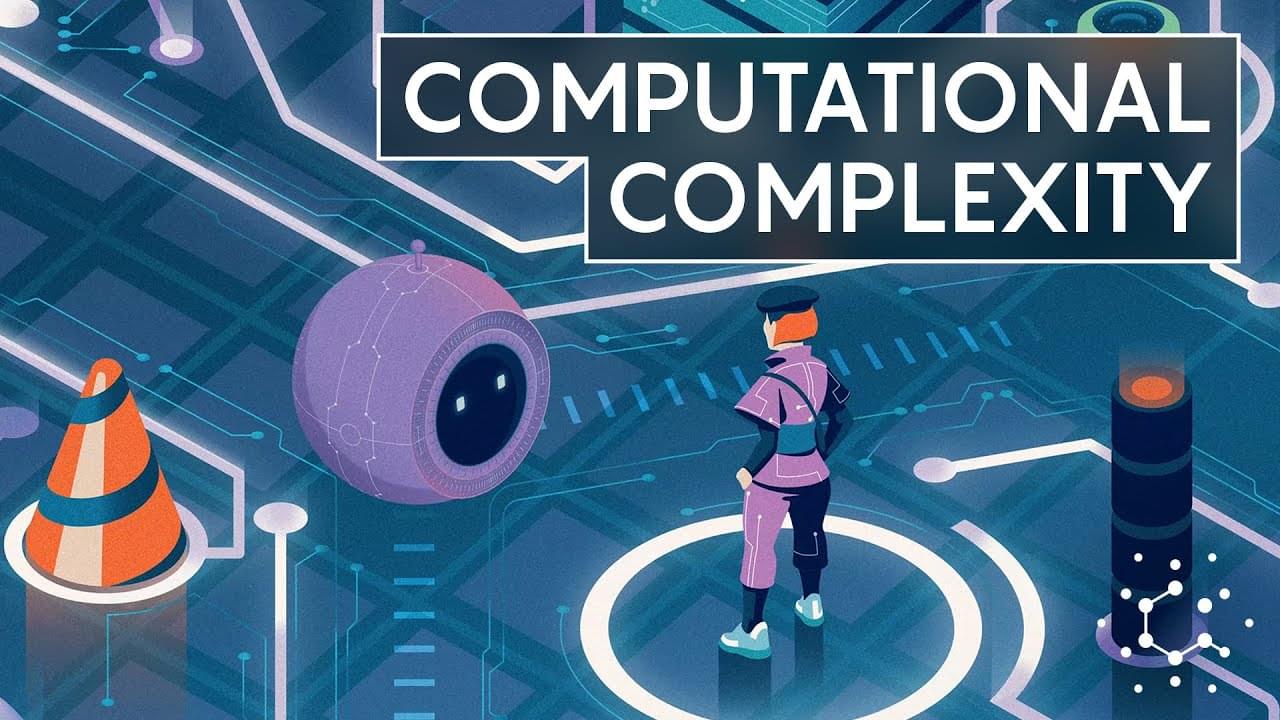
Is it possible to invent a computer that computes anything in a flash? Or could some problems stump even the most powerful of computers? How complex is too complex for computation? The question of how hard a problem is to solve lies at the heart of an important field of computer science called computational complexity. Computational complexity theorists want to know which problems are practically solvable using clever algorithms and which problems are truly difficult, maybe even virtually impossible, for computers to crack. This hardness is central to what’s called the P versus NP problem, one of the most difficult and important questions in all of math and science.
This video covers a wide range of topics including: the history of computer science, how transistor-based electronic computers solve problems using Boolean logical operations and algorithms, what is a Turing Machine, the different classes of problems, circuit complexity, and the emerging field of meta-complexity, where researchers study the self-referential nature of complexity questions.
Continue reading “P vs. NP: The Greatest Unsolved Problem in Computer Science” »
Dec 12, 2023
Spinning up control: Propeller shape helps direct nanoparticles (w/video)
Posted by Dan Kummer in categories: biotech/medical, chemistry, engineering, mathematics, nanotechnology
Self-propelled nanoparticles could potentially advance drug delivery and lab-on-a-chip systems — but they are prone to go rogue with random, directionless movements. Now, an international team of researchers has developed an approach to rein in the synthetic particles.
Led by Igor Aronson, the Dorothy Foehr Huck and J. Lloyd Huck Chair Professor of Biomedical Engineering, Chemistry and Mathematics at Penn State, the team redesigned the nanoparticles into a propeller shape to better control their movements and increase their functionality. They published their results in the journal Small (“Multifunctional Chiral Chemically-Powered Micropropellers for Cargo Transport and Manipulation”).
A propeller-shaped nanoparticle spins counterclockwise, triggered by a chemical reaction with hydrogen peroxide, followed by an upward movement, triggered by a magnetic field. The optimized shape of these particles allows researchers to better control the nanoparticles’ movements and to pick up and move cargo particles. (Video: Active Biomaterials Lab)


